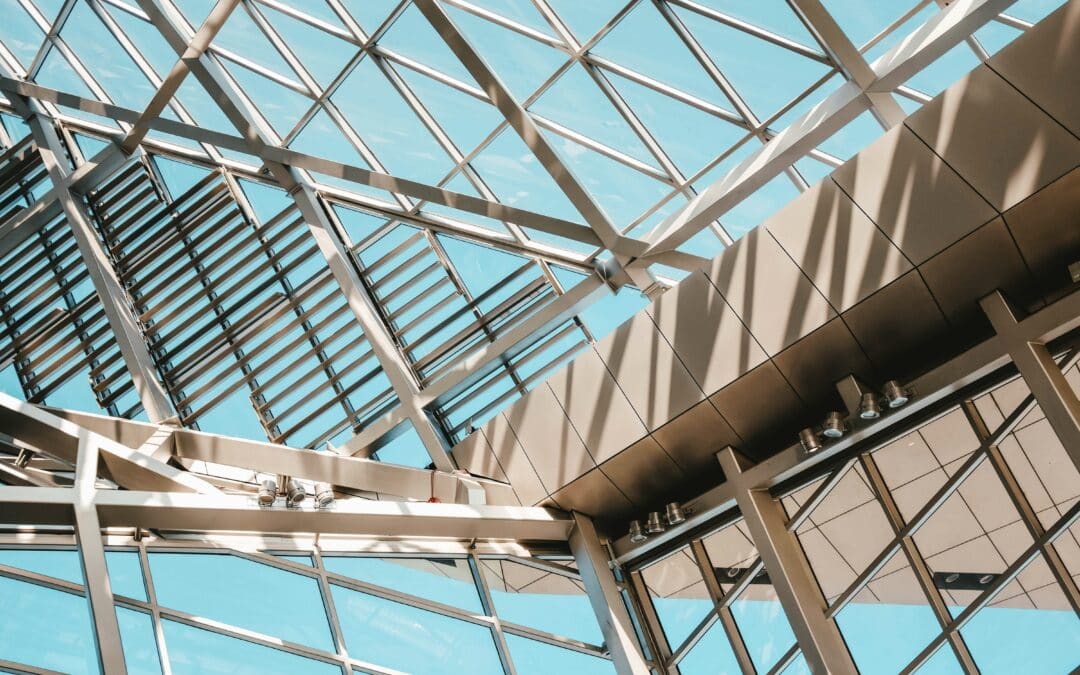Structural Steel: A Foundation for Strong and Versatile Construction
Structural steel is a crucial material that forms the backbone of modern construction projects. It plays a fundamental role in creating robust and durable buildings, bridges, industrial facilities, and various other structures. In this comprehensive post, we will delve into what people need to know about structural steel, its properties, advantages, applications, and key considerations for using it in construction.
Properties of Structural Steel
Structural steel is an alloy composed primarily of iron with small amounts of carbon and other elements like manganese, silicon, and sulfur. Its mechanical properties are the primary reason for its extensive use in construction:
- High Strength: Structural steel possesses high tensile and compressive strength, making it ideal for carrying heavy loads and withstanding external forces such as wind and earthquakes.
- Ductility: Structural steel is ductile, meaning it can undergo deformation without losing its strength. This property allows it to absorb energy during extreme events like seismic activities, preventing catastrophic failure.
- Flexibility: Steel can be easily fabricated into various shapes, allowing for versatile designs and customized solutions in construction.
Advantages of Structural Steel
Structural steel offers several advantages over other building materials, making it a preferred choice in the construction industry:
- Sustainable and Recyclable: Steel is one of the most recycled materials globally, reducing the environmental impact of construction projects. Its recyclability also makes it a sustainable choice for eco-conscious builders.
- Faster Construction: Steel structures can be prefabricated off-site and assembled quickly, resulting in shorter construction timelines and cost savings.
- Cost-Effective: Although the initial cost of steel may be higher than some materials, its durability, longevity, and ease of maintenance lead to long-term cost savings.
- Lightweight: Despite its strength, steel is relatively lightweight compared to other materials, reducing the load on the foundation and allowing for cost-efficient foundation design.
Common Applications of Structural Steel
Structural steel finds application in a wide range of construction projects, including:
- Buildings: Steel is extensively used in the construction of skyscrapers, commercial buildings, warehouses, and industrial facilities, providing the necessary strength and flexibility for large and complex structures.
- Bridges: The high strength-to-weight ratio of steel makes it an ideal material for building long-span bridges that can withstand heavy traffic loads.
- Infrastructure: Steel is used in the construction of stadiums, airports, railway stations, and other large infrastructure projects due to its ability to support massive loads.
- Oil and Gas Industry: Steel structures are employed in the oil and gas industry for offshore platforms, drilling rigs, and processing facilities that require corrosion resistance and robustness.
Key Considerations When Using Structural Steel
While structural steel offers numerous advantages, several considerations should be taken into account during its use:
- Proper Design: Accurate engineering and design are essential to ensure that the steel structure meets the required load-bearing capacity and safety standards.
- Inspection and Quality Control: Regular inspections and stringent quality control procedures are vital to identify any defects or flaws in the steel and ensure the structural integrity of the project.
- Fire Protection: Although steel is non-combustible, it loses strength when exposed to high temperatures. Proper fire protection measures, such as fireproof coatings and insulation, are necessary to enhance fire resistance.
- Corrosion Protection: In corrosive environments, steel structures need adequate protection to prevent rust and deterioration. This can be achieved through coatings, galvanization, or stainless steel construction.
- Welding and Connections: Proper welding and connection techniques are critical to ensure the stability and load-carrying capacity of the steel structure.
Conclusion
Structural steel is a versatile and essential material in modern construction. Its exceptional properties, sustainability, and cost-effectiveness make it a preferred choice for architects, engineers, and builders alike. From skyscrapers to bridges and industrial facilities, structural steel continues to shape the urban landscape, providing strength and durability to various structures. By understanding its properties, advantages, and key considerations, professionals can harness the full potential of structural steel to create safe, efficient, and long-lasting constructions for generations to come.

